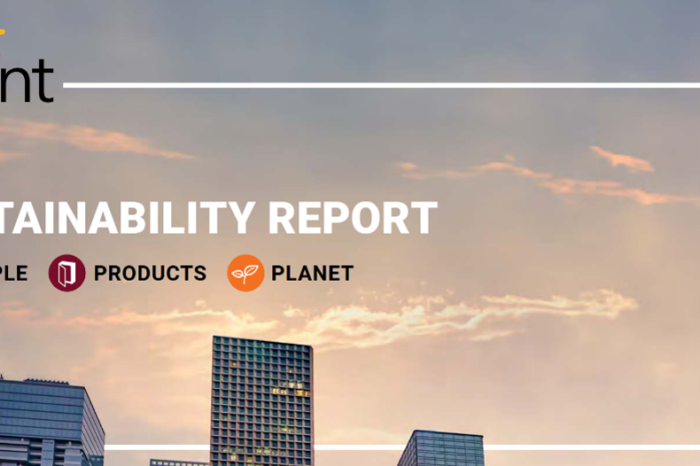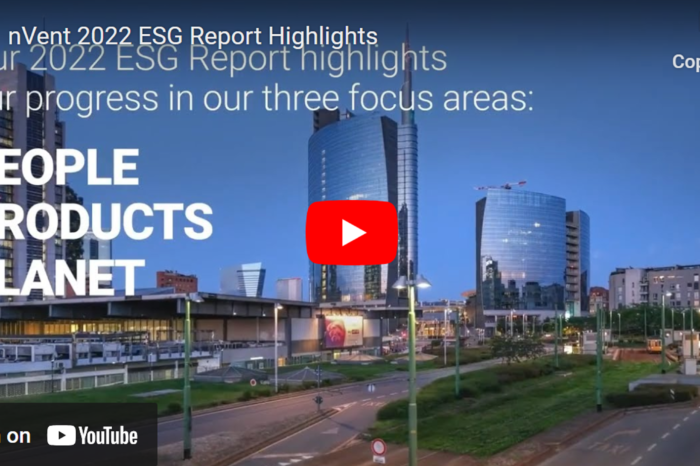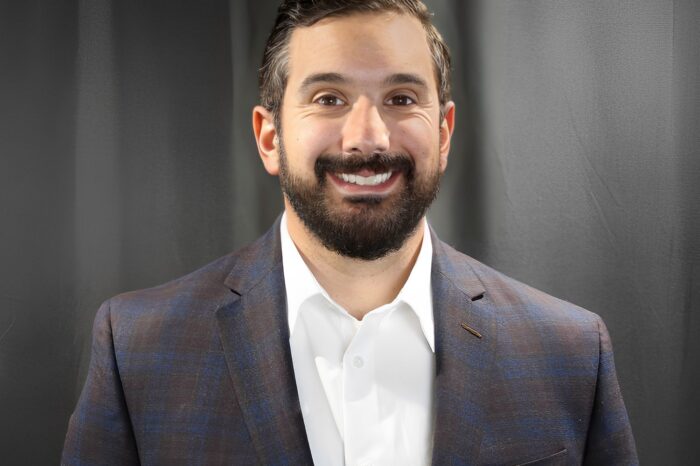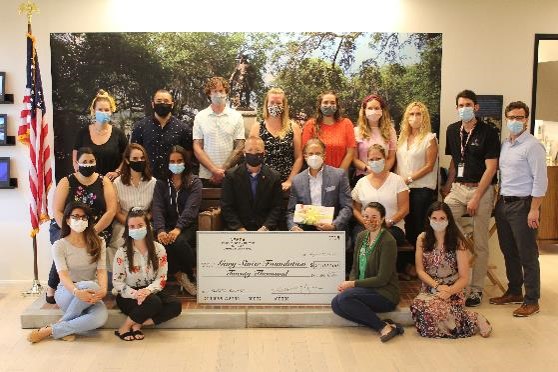Sustainability Delivers Green
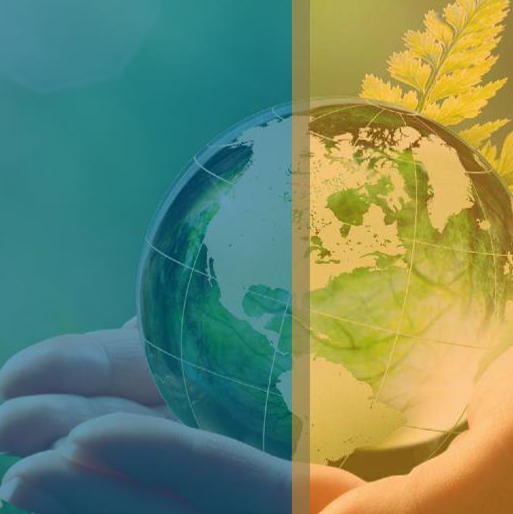
Turtle and Hughes and Southwire are two in the electrical industry who are embracing one of the biggest trends in business – sustainability.
Over the past decade, perhaps longer, there has been increased interest, and focus, on sustainability to improve the environment. Climate change impacts everyone, regardless of why it is occurring.
On Wall Street, companies are embracing ESG (Environmental, Social and Governance) initiatives with publicly held companies openly discussing this on their earnings calls and analysts seeking information on these initiatives.
The “E” element … environmental … is driving much change within companies. While there are environmental benefits, companies are also finding that there are recruitment benefits, branding / marketing benefits, cost-savings benefits and, yes, financial benefits. The financial benefits can also be found in companies, and individuals, wanting to do business with companies that are environmentally friendly.
From a recruitment viewpoint, people want to know that their company cares about the environment and is actively seeking to reduce its carbon footprint.
It’s no longer “green for green’s sake”. It’s “green because it is the right thing to do AND it is good for the business.”
Two industry leaders were recently in the news for their sustainability efforts.
Turtle & Hughes Releases ESG Report – Focus’ on Accountability
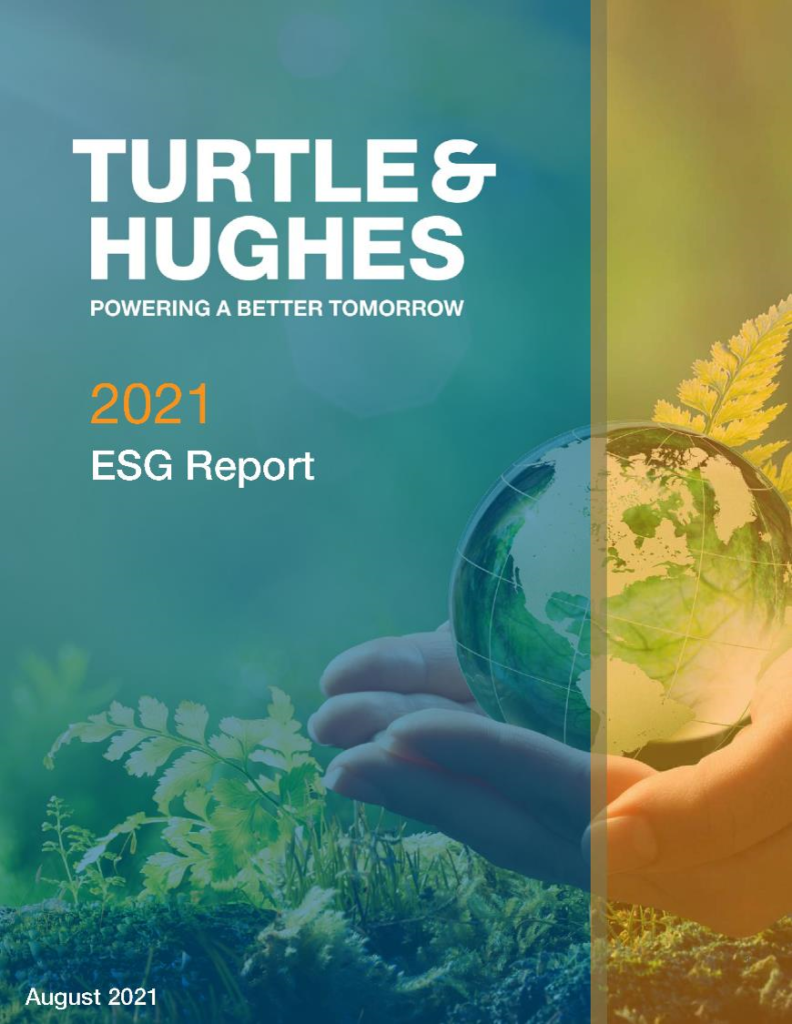
Turtle & Hughes released its 2021 ESG Report and made some bold pledges and highlighted some recent initiatives where they supported their clients.
According to the press release:
“The company’s pledge to apply its nearly 100 years of innovation to greener energy systems will meet both customers’ requests and new opportunities arising from the bi-partisan Infrastructure Investment and Jobs Act now under discussion in Congress. If passed, the bill would fund efficiencies and lower-carbon outcomes in public transit, passenger and freight rail, airport, and water projects led by Turtle clients.
“If we hope to achieve U.S. goals of carbon neutral electricity by 2035 and net zero carbon emissions by 2050, we will need to transform the North American power grid to eventually become 100% renewable. Turtle is proud to meet this historic generational challenge with our engineering and technology capabilities,” said Jayne Millard, Executive Chairman of the Board.
A recent customer survey found that sustainability in Turtle’s products, service and operations was second only to service in what was most important to their partnerships.
In the ESG Report, Turtle lays out its three-pronged sustainability strategy:
- External Clients: Turtle designed and built highly-technical, large-scale client solutions that reduce energy consumption and costs, optimize the use and storage of renewable sources, and have enabled the company to re-engineer major infrastructure projects from New York to Los Angeles.
- Internal Turtle: The company supports a hybrid workforce and enhanced operational efficiencies with consolidated office space, and consolidated two warehouses into one state-of-the-art distribution center in New Jersey. Solar power has reduced the carbon footprint in two offices by 55% and 63%; and the company is testing Electric Vehicles in its GPS delivery truck fleet. Employees embrace smart packaging, bundling and waste management practices to achieve their own sustainable goals and those of their customers.
- Partner Suppliers: Turtle & Hughes Integrated Supply (THIS) procures from 10,000 suppliers annually, requiring designations such as Ethical and Environmentally Sound behavior, and training onsite resources on health, safety and environmental standards unique to each facility. As a woman-owned and led company, Turtle provides sourcing opportunities for diverse and women-led businesses including environmental services.
Examples of customized technical solutions for utilities, manufacturing, commercial construction, medical and metropolitan clients are:
- Renewable Microgrid in a Mexican desert. For an international food company, Turtle built a facility integrating solar power, three diesel generators and a megawatt-class battery energy storage system that reduced electricity use by 775,000 kilo Watts per year and improved reliability.
- Electric Vehicle (EV) charging stations. In a partnership with global leader ChargePoint®, Turtle is working to help them achieve their goal of 2.5 million charging spots by 2025 by developing and implementing charging stations for businesses, residential, municipalities, retail and healthcare facilities.
- Energy-Efficient Transportation Infrastructure. For Massachusetts’ $8-billion 5-year capital investment plan, Turtle’s product and lighting packages are used to renovate stations, modernize fare collection, and improve accessibility. Increasing ridership by 50,000 trips per day significantly reduces vehicle emissions.
- LED Upgrades. For a medical technology company, Turtle upgraded 1,105 inefficient fixtures to LED with integrated occupancy sensors, saving $82,355 and lowering CO2 by 543,633 kilograms, among other greenhouse gasses.
The guiding value of the fourth-generation, family-owned business – that its employees are its most important asset — is evidenced by Turtle’s commitment to diversity, skills development through Turtle University (nearly 30,000 courses available), safety with special wellness programs to help families cope during the pandemic, and employee-guided philanthropic contributions.
“At Turtle, ‘Powering a Better Tomorrow’ is more than a tagline. We are committed to protecting our planet, acting with compassion for those in need, and providing our customers with tools and experiences so they can be their very best in work and life,” said Turtle CEO Kathleen Shanahan.”
The report highlights a number of Turtle & Hughes’ ESG initiatives (and the fact that 41% of its sales are from electrical supplies). There is a section on Supplier Diversity and a Supplier Code of Conduct. It will be interesting to see if Turtle & Hughes takes the initiative to the next step and integrates some of its initiatives into its supplier planning, differentiates among suppliers based upon the supplier’s ESG performance or “interactions” with Turtle. Every Turtle and Hughes supplier, manufacturer agent and competitor should read the report … as well as companies who want to emulate an industry leader.
Southwire and Wells Fargo

Southwire recently received a unique integrated working capital financing solution from Wells Fargo.
The capital structure includes a $1 billion sustainability-linked asset-based facility. This facility, when combined with an existing supplier finance program, allows Southwire to maximize working capital flexibility.
Southwire has a goal of eliminating 100% of greenhouse gas emissions from its operations by the end of 2025.
And here’s more information on the loan and who helped Southwire put it together. According to this article, the loan “links the company’s borrowing costs directly to its progress in achieving its sustainability targets. Under the terms of the renewed facility, loan pricing and fees are adjusted based on Southwire’s progress towards eliminating or offsetting its greenhouse gas emissions.”
Here’s an article that highlight’s the growth of these types of loans by large companies.
But, and here’s the other part. Southwire has a $1 billion asset-based facility. Given the profitability of copper this year (look at Encore’s financials to recognize that a wire manufacturer is making good money this year) and then you wonder, what does Southwire plan to do with all that money?
Turtle & Hughes and Southwire both show that sustainability can generate green!




